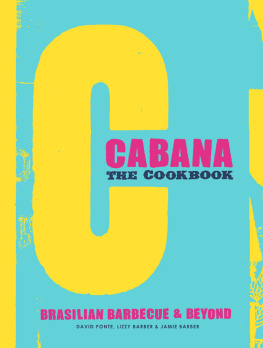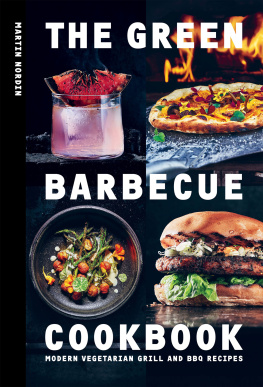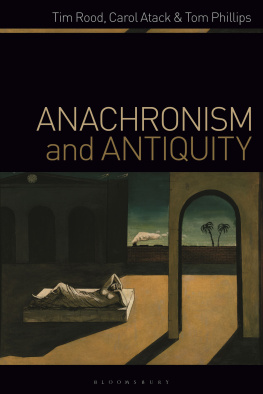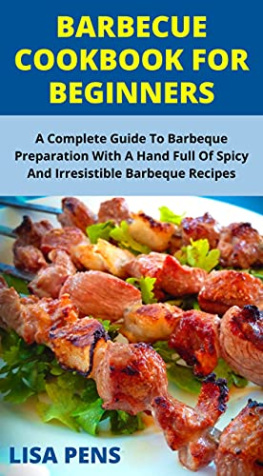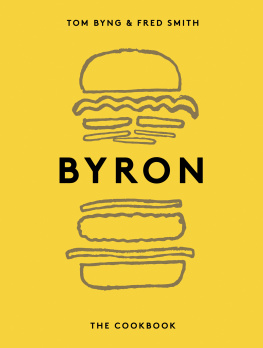
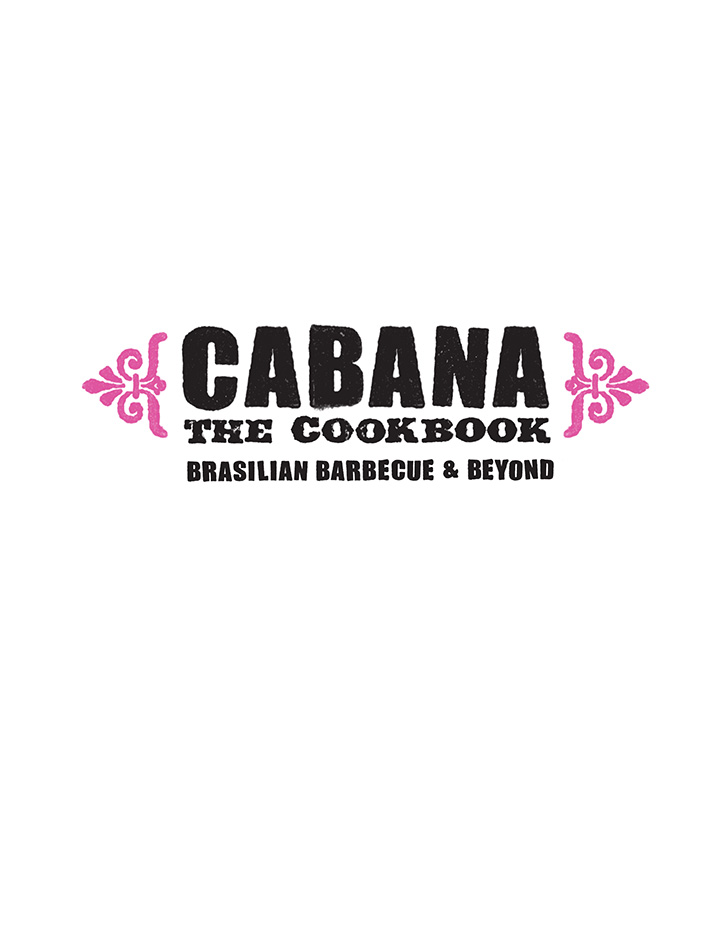
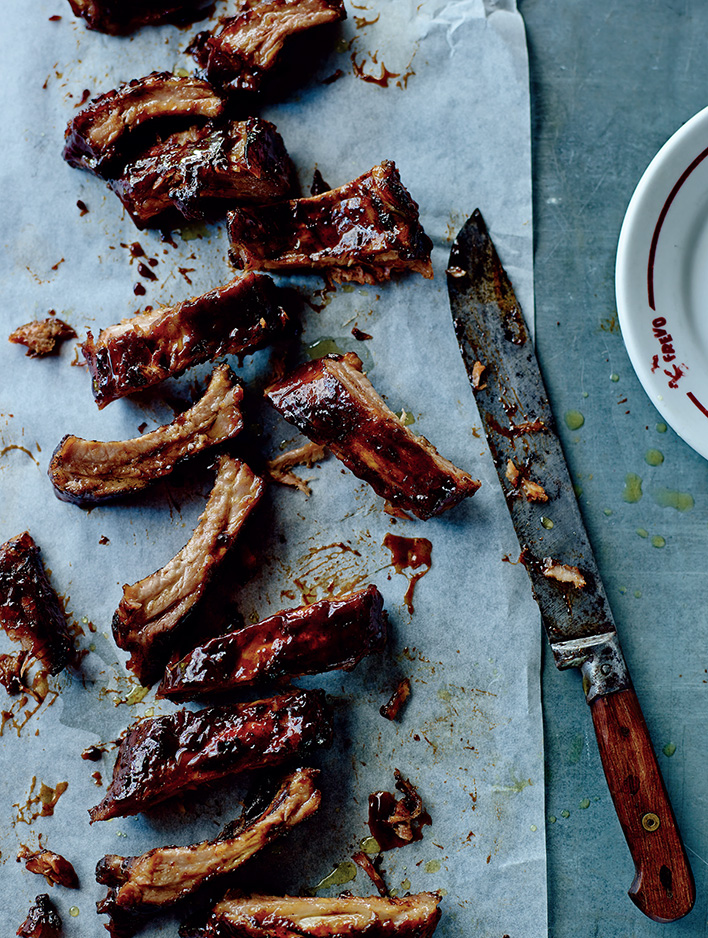
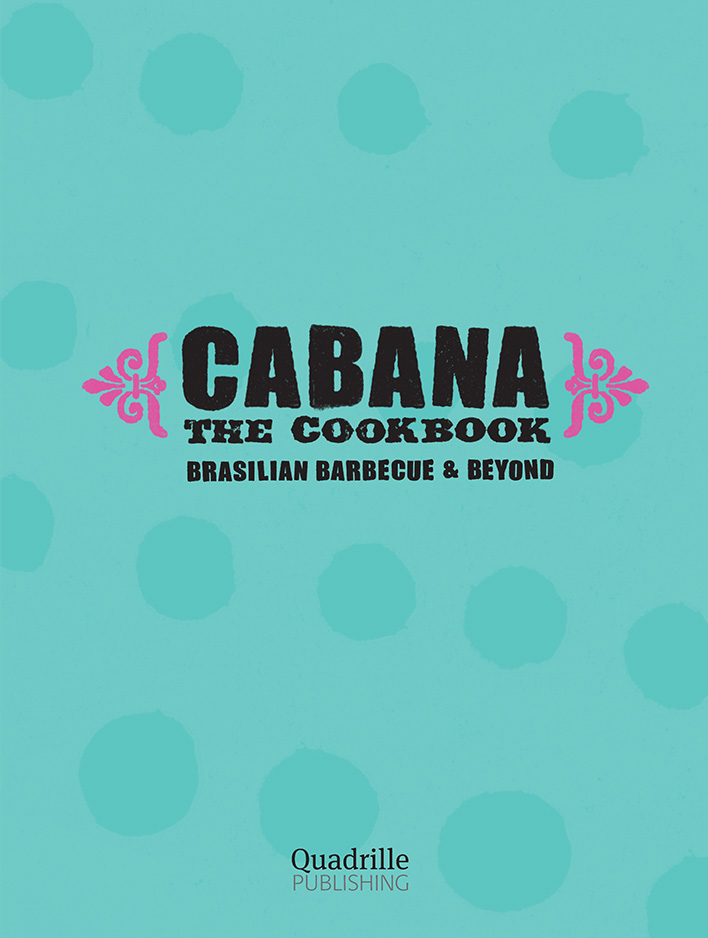
DAVID PONTE, LIZZY BARBER & JAMIE BARBER
with CHEF DAVID ROOD
PHOTOGRAPHY BY MARTIN POOLE ILLUSTRATIONS BY ANITA MANGAN
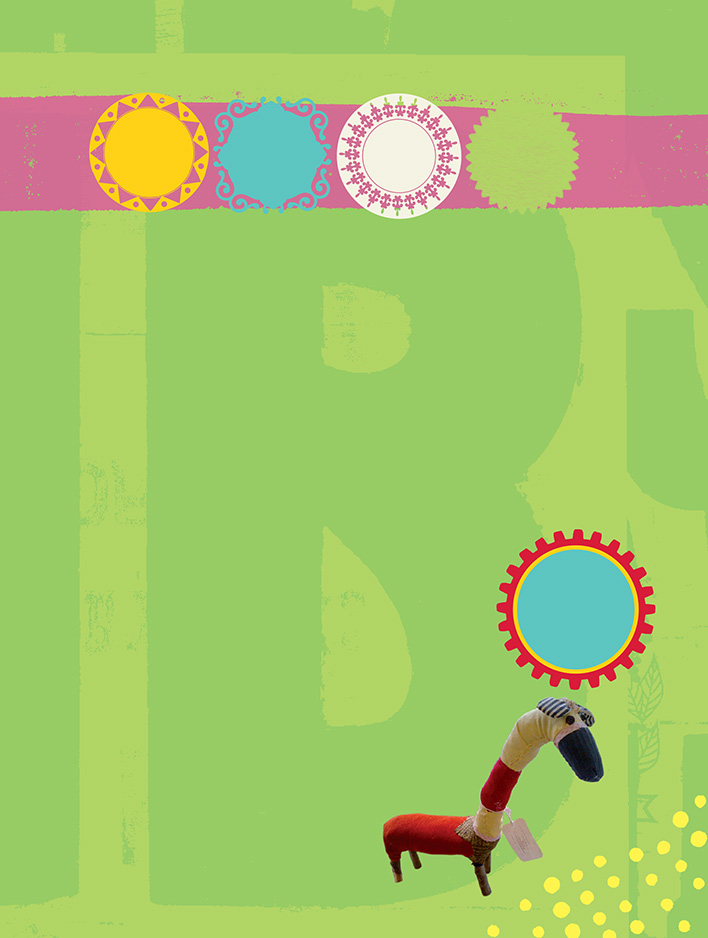
for Liesbeth
DP
for Mummy
Barber, and
George
LB
for Clare,
Issey and
Lola
JB
for Jessica
DR
Editorial director: Jane OShea
Creative director: Helen Lewis
Project editor: Laura Gladwin
Art direction and design: Anita Mangan
Photography: Martin Poole, with Jamie Barber,
Matthew Cooper and Josh Pont in Brasil
Illustrations: Anita Mangan
Food stylist: Emily Quah
Props stylist: Tamzin Ferdinando
Production: James Finan
First published in 2014 by
Quadrille Publishing Limited,
Alhambra House,
2731 Charing Cross Road,
London WC2H 0LS
www.quadrille.co.uk
Text 2014 Cabana
Food and Cabana photography Martin Poole
Design and layout 2014 Quadrille Publishing Limited
The rights of the authors have been asserted. All rights
reserved. No part of the book may be reproduced, stored
in a retrieval system or transmitted in any form or by
any means, electronic, electrostatic, magnetic tape,
mechanical, photocopying, recording or otherwise,
without the prior permission in writing of the publisher.
Cataloguing in Publication Data: a catalogue record for
this book is available from the British Library.
UK 978 1 84949 565 3
This is Harold
the Llama, our
mascot at Cabana.
Harold enjoys reading,
needlework and skiing,
and would like more
friends. You can follow
him on Twitter:
@haroldcabana

CONTENTS
INTRODUCTION
BRASILIAN BREAKFASTS
BAR SNACKS, STARTERS & STREET FOOD
BRASILIAN BARBECUE
SAUCES, DIPS & MARINADES
NEW-STYLE BRASILIAN CLASSICS
SIDES & SALADS
DESSERTS, SWEETS & TREATS
JUICES, COCKTAILS & REFRESCOS
INDEX

Like all the best things in life, Brasilian food is about sharing.
Whether nibbling on tasty snacks in local bars ( botecos ), or
spooning out bowls of lovingly simmered pork and bean feijoada ,
Brasilians like to enjoy food in the company of friends and
family. Cooking and eating are a combined effort, and the result
is all the better for it.
Traditional Brasilian food has always been rooted in home
cooking; it has never been haute cuisine. Its food for nurturing.
Its the food of the indigenous peoples, Portuguese colonialists,
African slaves, and the multitudes of Japanese, Italians,
Lebanese and Germans who have made the country their home.
It makes inventive use of fresh local ingredients, such as black
beans, rice, pork, prawns and countless native fruit like aa ,
limes, many varieties of banana, cashews, coconut the list is
endless. Traditional cooking techniques focus on simple grilling
and simmering to produce a range of tasty dishes that are
perfect for casual communal eating. At the same time, however,
restaurant gastronomy is taking root in Brasil, and many
energetic young chefs are using traditional recipes and native
ingredients in new and varied ways to establish a thrilling new
style of cuisine.
We founded Cabana to bring our love of Brasilian food, old and
new, to the wider audience it deserves. We love the tapestry of
home cooking weve experienced there, but weve also been
inspired by the dynamism of modern Brasilian cooking, as
well as exciting new elements of whats right in front of us: the
evolving face of the UK restaurant scene over the past ten or
fifteen years. In this book we hope to give you the best of Cabana
and the best of Brasil. From our favourite traditional barbecue
dishes and comfort-food classics, to fresh, fruit-packed breakfasts
and cocktails, colourful side dishes and luscious desserts, the
book encompasses the results of our travels around the country
as well as the discoveries weve made in the Cabana kitchen.
Zingy, vibrant, fresh and full of life, this is modern Brasilian
food as youve never seen it before so invite some friends
over and get cooking!
David, Jamie and Lizzy
P.S. Oh, and at Cabana, its
Brasil with an s, just like
they spell it over there.
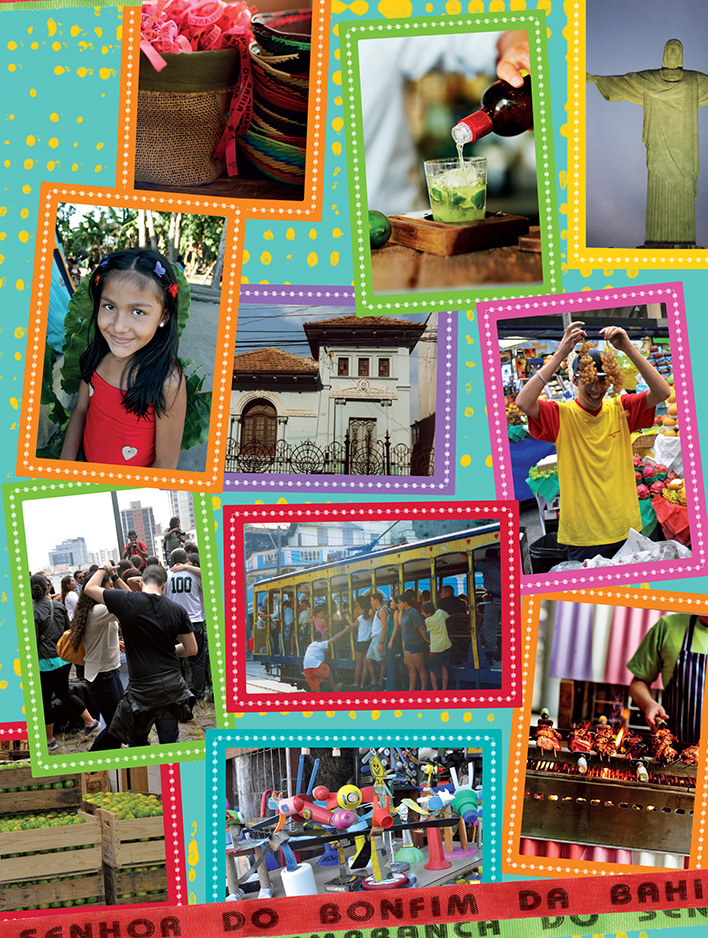
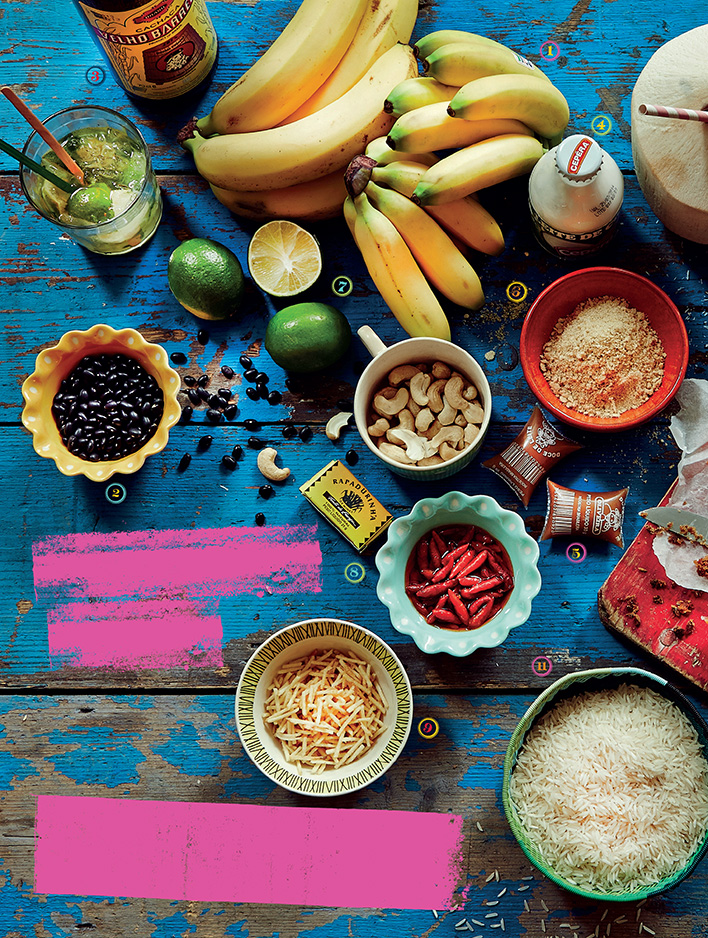
BRASILIAN
TABLE
Considering its culinary heritage, which includes, among others, African,
Portuguese, Italian and Japanese cooking, youd expect Brasilian
ingredients to be exotic and unfamiliar. But with the exception of some
of the indigenous fruit (see page 162), most dishes are easy to recreate at
home. Here are some of the essential ingredients in any Brasilian pantry.
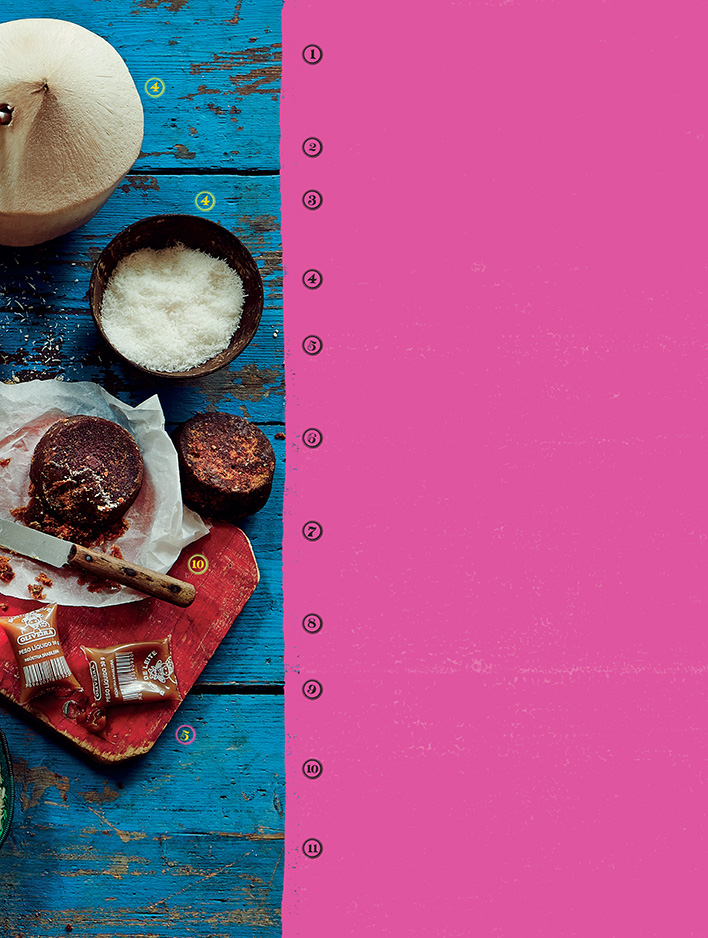
BANANAS You can usually find at least three or four different
types of bananas in markets in Brasil, from firm, savoury
plantains (which are breaded, fried and served as part of the
prato executivo , or businessmans lunch) to the sweet banana
ouro , or gold bananas, which are eaten as a snack or in cakes
and puddings.
BEANS A classic partner to rice, slow-cooked black beans
are served as a side dish or as the foundation of feijoada , a
traditional meat and bean stew (see page 96).
CACHAA Brasils national spirit is made from sugar cane
and can be drunk on its own, mixed in cocktails such as the
classic caipirinha (see page 168), and sometimes even used as a
marinade for meat or fish. Many types are available, including
artisanal and matured varieties.
COCONUT Milk, water, toasted or grated: youll find coconut
used in all forms throughout Brasil, from young green jelly nuts
drunk through a straw on Rio beaches, coconut stews in Bahia to
sticky coconut desserts all over the country.
DOCE DE LEITE Doce de leite , more commonly known by
its Spanish name, dulce de leche , is a sticky-sweet milk-based
caramel sauce that Brasilian housewives traditionally make
by slowly boiling a can of condensed milk. You can use it as a
breakfast spread, as a dip for fruit, or for any recipes requiring
caramel or melted toffee (see page 144).
FAROFA This cassava (also known as manioc) flour is often
toasted and sprinkled over grilled meats or stews (see page
85), and provides the distinctive crunchy element in Brasilian
dishes. Yoki is a well-known brand you might find in speciality
Next page
